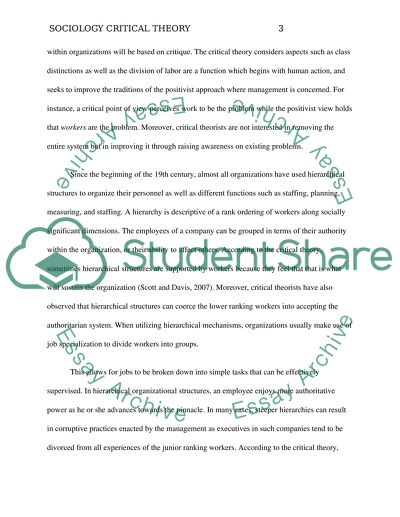Cite this document
(“Critical theory Essay Example | Topics and Well Written Essays - 750 words”, n.d.)
Retrieved from https://studentshare.org/sociology/1483537-critical-theory
Retrieved from https://studentshare.org/sociology/1483537-critical-theory
(Critical Theory Essay Example | Topics and Well Written Essays - 750 Words)
https://studentshare.org/sociology/1483537-critical-theory.
https://studentshare.org/sociology/1483537-critical-theory.
“Critical Theory Essay Example | Topics and Well Written Essays - 750 Words”, n.d. https://studentshare.org/sociology/1483537-critical-theory.


